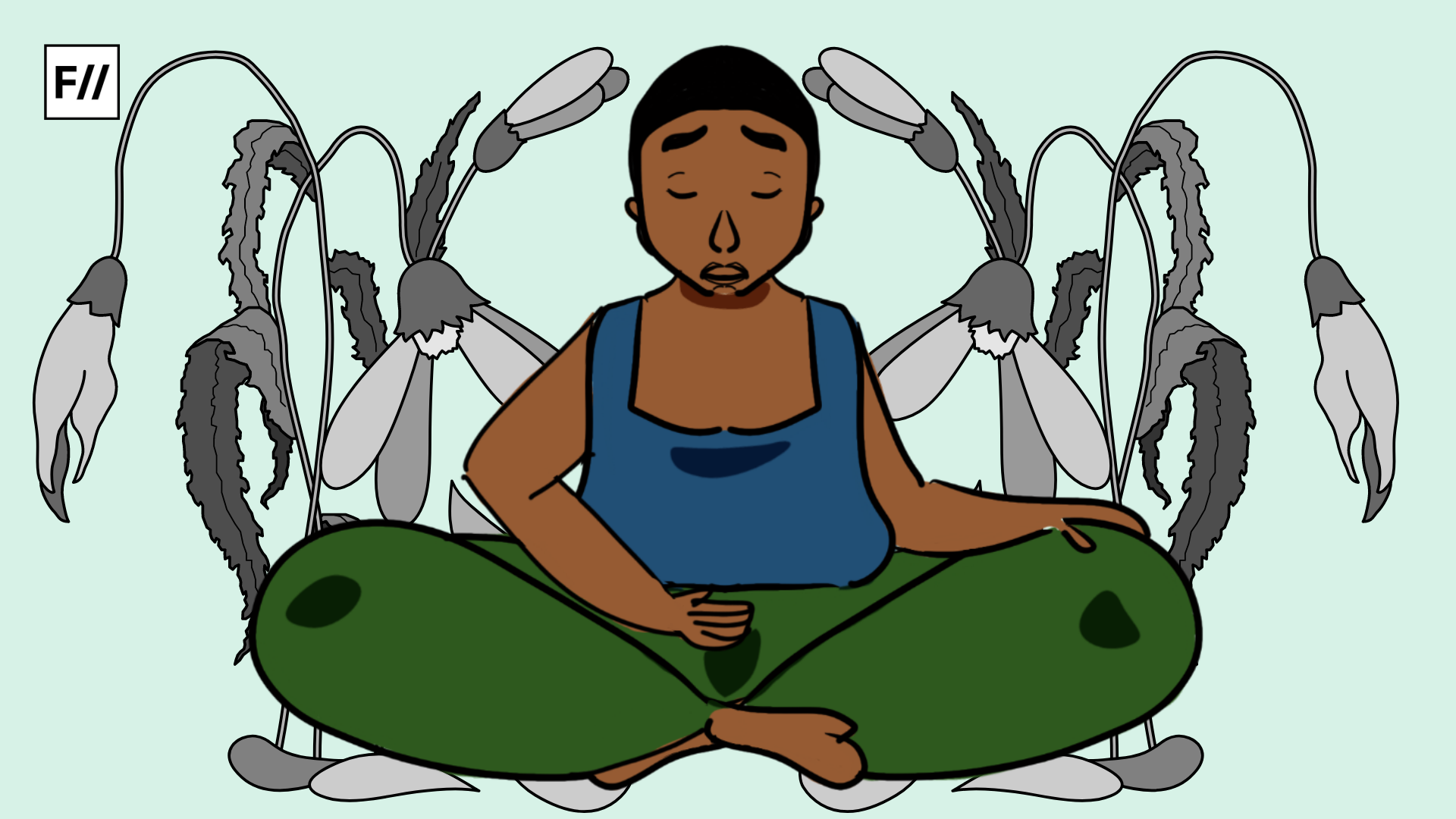Unless you are living under a rock, you would be aware of the plethora of ‘feminine hygiene’ products available in the market. Ranging from deodorisers to brightening creams, these products tap at the bodily insecurities of scores of women.
Almost every woman I know has succumbed to the idea of a ‘perfect’ body‘ – a body often attained at the cost of one’s health and wellness. Those who do not, often experience emotions like shame, guilt, and denial for not caring too much about their ‘physical’ appearance.
It can be hard to navigate the superficial standards of beauty, especially when we as women have been conditioned to idolise models on the covers of magazines and fair-skinned actresses in cinemas, as well as soap operas. In this piece, I draw instances from history to trace the trajectory that ‘feminine hygiene’ products have coursed.
Listerine, Lysol, and lies
Look around in your washroom. Do you see a bottle of Listerine resting on the sink? Perhaps a Lysol on the shelf? Did you know that starting from the 1920s, Lysol and Listerine were marketed as vaginal douches?
This trend continued till the 1960s, where the products were aggressively sold as feminine hygiene products targeted at providing the ladies ‘respite’ from vaginal ‘odour’. A popular class of disinfectants, brands like Listerine, Lysol, and Zonite served an array of purposes including dressing cuts & wounds, cleaning surfaces, and the most popular being ‘vaginal douching’.
In a way, the said products reiterate the same philosophy of using external products to ‘disinfect’ and ‘deodorise’ a self-cleansing body part. Studies have shown that over the counter hygiene products can compromise the healthy mucosal barrier essential for prevention of sexually transmitted infections and gynecologic cance
These advertisements published with an unmistakable candor were verified by European doctors. The American Medical Association later revealed that none of these ‘doctors’ were ever real.
These advertisements were prompt in blaming women for the unhappiness they could be bringing to their marriage by not keeping themselves clean. They also blamed women for their husbands’ affairs outside of marriage.
Several researchers and doctors think that Lysol – marketed and sold as a douche – was originally a contraceptive. During the Great Depression, when birth control was illegal in the United States, Lysol was a popular choice for contraceptives.
However, that does not make it any less horrifying, given that the chemical composition of these ‘germ’ killers have remained more or less intact over the decades.
Also read: What Is Vaginitis?: Unpacking The Basics Of The Most Common Set Of Vaginal Infections
The present scenario
Recently, I came across a Netflix reality show where a ‘celebrity’ gynecologist spoke about the growing craze for ‘designer vaginas.’ While it might evoke laughter for a couple of seconds, it is essential to acknowledge the existence of a gigantic ‘cosmetic’ industry that caters to everything from belly fat to vaginal stitches.
Over the last couple of decades, the ‘feminine hygiene’ industry has been growing in leaps and bounds. According to a 2022 report published by Technavio, the ‘vaginal odour’ industry in the United States is expected to reach USD 1.09 billion by 2026. But what do these trends mean for India?
As Naomi Wolf writes in The Beauty Myth, female beauty and female liberation are often conflated. As consumers, we need to be mindful of what we accept and what we do not. Collective awareness only can shoot these prejudices down – prejudices that convert into products that thrive and feed on our insecurities
While it’s difficult to narrow down to an industry that markets products for ‘odour control’, the larger umbrella of ‘feminine hygiene’ accommodates the former and more.
According to Financial Express, the market for feminine hygiene products in India was valued at Rs. 32.66 billion in 2020 and is expected to reach Rs. 70.20 billion by 2025 at a CAGR of 16.87 percent.
Some of the popular products sold in India include lightening creams, and ‘vagicial’ kits, among others. While the said products are quite overt in approach, several others in the market subtly push the same agenda under the garb of ‘wellness.’
During the course of my research for this article, I found out about certain brands whose products I use. These two renowned, ‘all-over-social-media-feed’ brands shot to popularity with their disinfectant sprays, menstrual cups, and cramp roll-on oil; and are now selling ‘intimate’ care products including wipes, cleansers & creams.
In a way, the said products reiterate the same philosophy of using external products to ‘disinfect’ and ‘deodorise’ a self-cleansing body part. Studies have shown that over the counter hygiene products can compromise the healthy mucosal barrier essential for prevention of sexually transmitted infections and gynecologic cancer.
As Naomi Wolf writes in The Beauty Myth, female beauty and female liberation are often conflated. As consumers, we need to be mindful of what we accept and what we do not. Only collective awareness can shoot these prejudices down – prejudices that convert into products that thrive and feed on our insecurities.
Also read: What Is Vaginal Spotting?: Understanding Bleeding That Occurs Outside The Menstrual Cycle
A former Women’s Studies scholar from TISS, Mumbai, Sanchita Dwivedi currently works as a Gender Fellow with WASSAN, Bhubaneswar. She is on Instagram






